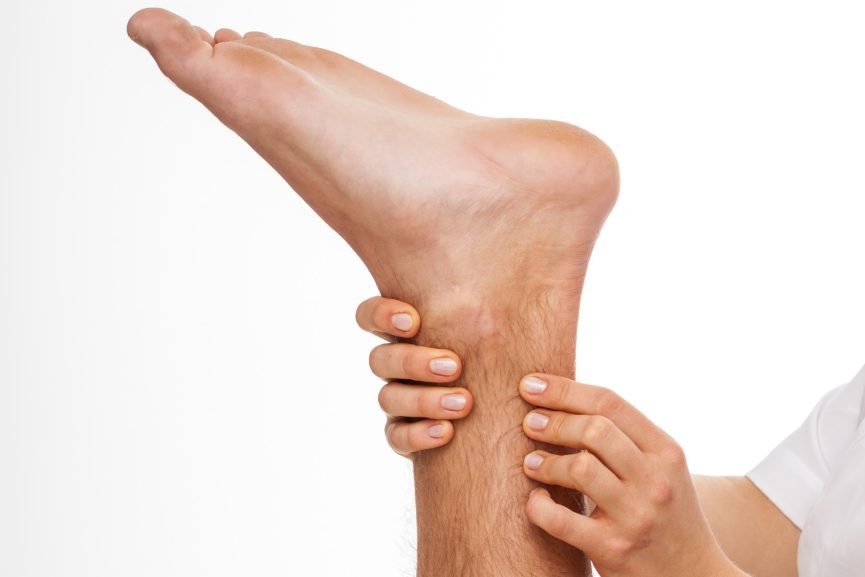Do you feel severe pain in your tendon areas? Do you notice a reduced range of motion in parts of your body?
If so, it’s likely that you’ve torn a tendon. A tendon is a fibrous connective tissue that attaches muscle to bone.
These tissues help you move your bones or other parts of your body structure. When they tear, they can cause tremendous pain and impair your range of motion.
It can take a significant amount of time for tendons to heal naturally. However, there’s a way to stimulate this healing naturally with PRP therapy.
PRP stands for platelet-rich plasma. This therapy uses your body’s substances to bolster its healing capabilities.
We’ll explore how this process works in this guide. Then, you can decide if platelet-rich plasma therapy is right for you!
What Is PRP Therapy?
First, let’s talk about what platelet-rich plasma therapy is. Platelet-rich plasma derives from blood.
Your blood features many components, including:
- red blood cells
- white blood cells
- liquid plasma
- platelets
The two factors most relevant for this discussion are, as you might guess, platelets and liquid plasma. Platelets contain special proteins called growth factors.
These growth factors help your tissues repair themselves after they’ve become damaged. Plasma is the component of the blood that contains proteins, along with the blood cells and platelets.
How Is PRP Created?
Platelet-rich plasma is a blood product made from a small sample of blood that contains increased platelet concentration. This sample may include five times as many platelets as another sample.
Once they collect the blood, they add it to a vial and place it in a centrifuge. This centrifuge spins at intensely high speeds, which separates the blood into individual layers.
One layer contains red blood cells, roughly 45% of the blood, and forces it to the bottom of the vial. White blood cells and platelets form a middle layer, which doctors refer to as a “buffy coat.” This layer comprises less than 1% of the centrifuge sample.
Finally, there is the platelet-poor plasma. This plasma contains a low dosage of platelets, making up the remaining top layer. This topmost layer includes roughly 55% of the centrifuged sample.
Once this process ends, the doctor will remove the vial from the centrifuge machine. Then, they’ll extract the necessary blood components for your PRP dosage.
Administering the Dosage
Next, the doctor will administer a platelet-rich plasma injection to the injured part of your body. Physicians will often combine this therapeutic method with other non-invasive treatments, depending on the injury’s severity. Some extreme cases may inject the PRP into an injury at the end of surgery.
Once injected, these platelets stimulate your body’s natural healing mechanisms. In doing so, your tendons can heal at a more rapid rate. This way, you can ease your pain and heal your injury through non-invasive means.
Variations in PRP Composition
Tendons can have varying compositions from person to person. Similarly, the precise makeup of platelet-rich plasma can also vary.
A few factors can affect these variations. One option is the blood composition of individual patients.
Some patients may have varying numbers of platelets in their blood. Another difference could be the concentration of platelets.
For example, PRP has roughly 2.5 to 9 times the concentration of platelets in normal blood. However, this concentration depends on several factors, including:
- individual’s blood
- how much blood was drawn
- the centrifuge process
- clinical preparation forms
Many people think that plasma with the highest concentration of platelets will achieve better results than lower concentrations in plasma. However, this is not always the case. Sometimes, excessively high plasma concentrations negatively impact cell growth.
Interestingly, there is no standard formula for platelet-rich plasma. As a result, patients could receive vastly different PRP injections from one another. The methods of concentration or the patient’s blood composition could cause these injections to vary.
PRP Therapy for Torn Tendons
Who receives PRP therapy for tendon injuries? One answer is athletes. Athletes often receive chronic or acute tendon injuries due to the strain they place on their bodies.
However, several other people also receive these treatments. The results are often highly beneficial.
Once doctors inject PRP, the growth factors in the concentration signal cells and chemicals in your body that affect tissue repairs. Once the signal goes out, it activates natural healing responses near the injection area.
Many people find that PRP assists them with conditions like golfer’s elbow or tennis elbow. Others report that it helps them with recurring tendonitis pains.
However, don’t expect instant results from your PRP injection. Remember, this treatment taps into the body’s natural healing mechanisms. As such, it often takes a few weeks to work efficiently.
Once the process begins, your cells will repair and rebuild themselves. During this time, you can resume most of your daily activities. However, please avoid actions that strain your body.
Such activities include heavy lifting and running. Also, avoid any other activity that places significant strain on your joints.
Finally, note that PRP therapy can use repeated injections for chronic injuries. One example of this is arthritic pains.
Decide if PRP Therapy Is Best For Your Tendon Injury
PRP therapy is an excellent non-invasive treatment method for tendon injuries. It uses the most natural means to stimulate your body’s healing systems, making it safe and effective.
The question is, where can you find a place to receive platelet-rich therapy? If you live in Lehigh Valley, consider visiting us!
Barry Ruht MD is the area’s premier PRP doctor. His efforts have assisted many people in overcoming tendon injuries in their shoulders, elbows, wrists, and more.
His staff also has the necessary experience to make this procedure safe. It includes two certified phlebotomists to draw your blood.
So, don’t let your tendon injury worsen! Instead, schedule an appointment with this office today.

